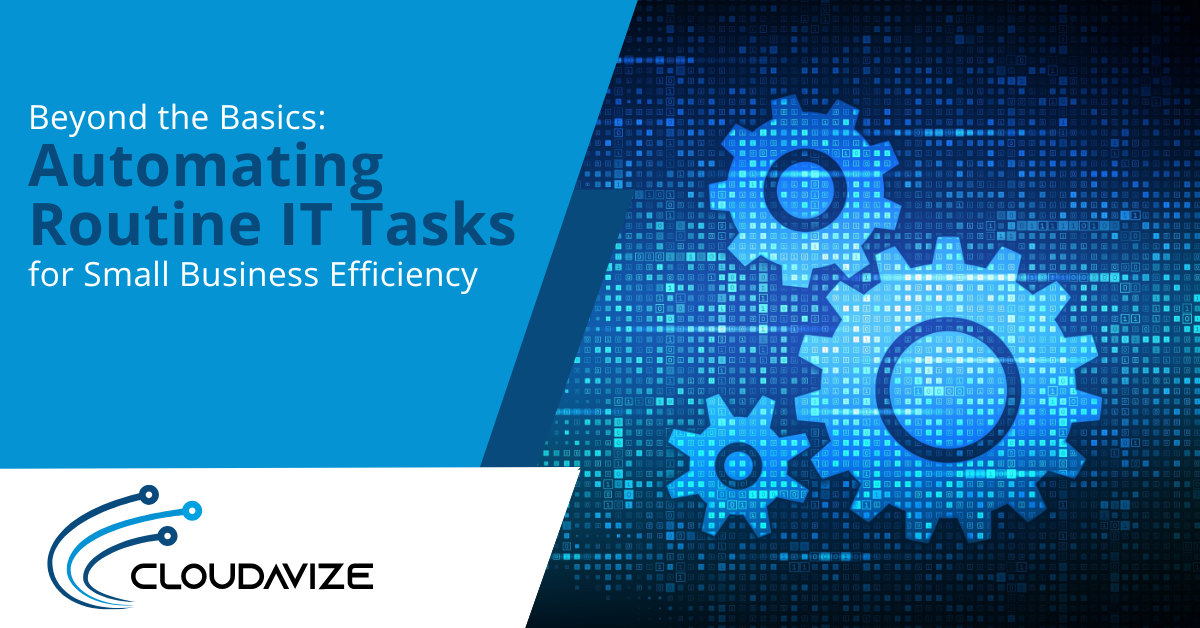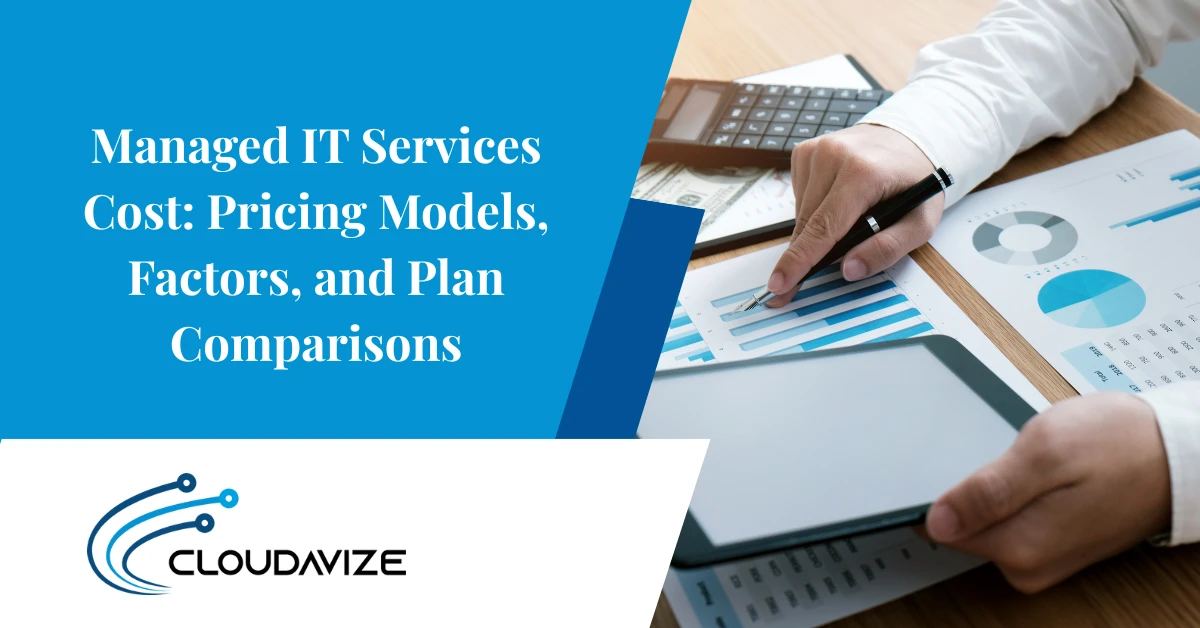It was just about a decade ago when “The Cloud” starting to become a buzzword in offices around the world. At that time, people were still trying to get their heads around exactly what cloud computing meant.
For years, software was tied to a single computer, and you needed to be sitting in front of the keyboard to access everything from your word processing program to your accounting application.
But fast forward to 2019 and the Cloud has pretty much taken over.
90% of businesses use at least one cloud computing service.
A few of the factors that have led to the rapid adoption of cloud services are the mobility, cost savings, and scalability. Companies have now completely accepted the idea that software doesn’t need to be shackled to a single computer.
So, what’s the next logical step to a completely mobile and dynamic office? It’s removing the need for a single computer workstation at all. It’s a move to cloud desktops that allow you to access your “computer” from anywhere.
Table of Contents
What is a Cloud Desktop?
A cloud desktop, also known as a virtual workspace is a solution that allows you to access your desktop, applications, files, and folders from any device, as virtual desktops and applications are hosted on cloud-based resources.
Have you ever had to email yourself files from your work computer so you could work on them at home? A cloud desktop eliminates that need entirely because you’re in effect taking your computer with you wherever you go! This means you no longer have to rely on one main physical computer for your workflow.
With a cloud desktop, your operating system, files, personal settings, and everything else normally accessed from your desktop is loaded onto a virtual server. You can then login to it from any computer or mobile device and your entire workspace is there and accessible.
What are the Benefits of Cloud Desktops?
Workforce mobility has become a dominant factor in staying competitive in an ever more technology-drive world. According to T-Mobile’s 2019 Workplace Mobility Report, 63% of global enterprises say that mobility is the most important factor contributing to a competitive advantage.
From cost savings to security, there are a number of cloud desktop benefits for business of all sizes that switch from the old “one computer” model to cloud desktops.
Below are the top 5 cloud desktop benefits:
- Improved Productivity
- Mobile Accessibility & Security
- Easy Migration for Non-Cloud Programs
- Eliminate Capital Expenditures
- Standardize & Streamline Onboarding
Improved Productivity
With a virtual cloud desktop, users have a consistent desktop performance and aren’t dragged down by hardware issues. Productivity is improved because users can easily switch access points should one physical device have a problem. They also have the flexibility of accessing all of their files and applications from any location, improving workflow.
Cloud-based desktops can easily be updated, patched, and administered from a central control panel, so you eliminate the downtime associated with moving a user off their physical workstation while updates are done. You can also easily ensure all systems are being updated regularly.
Mobile Accessibility & Security
There is no denying that mobile use has exploded and now more internet traffic is coming from mobile devices than from PCs. 71% of employees spend more than two hours each week accessing company information on a mobile device.
Cloud desktops allow you to securely adopt a bring your own device (BYOD) policy, allowing your employees to access their company desktop from their device of choice. All the data stays in the cloud, not on individual devices, which is much more secure and reduces the chance of data loss.
Cloud desktops can be accessed by:
- Macs
- Windows PCs
- Chromebooks
- Tablets
- Smartphones
Easy Migration for Non-Cloud Programs
Cloud desktops can handle all the same types of programs you run on a physical desktop, including those that aren’t cloud-based. Because you’re simply moving programs from one operating system to another that’s hosted virtually, migrating programs like QuickBooks and AutoCAD is easy.
You also won’t have to worry about losing your programs, if there is a physical hardware issue, since they’re all safely hosted in the cloud.
Eliminate Capital Expenditures
One of the key drivers for businesses moving to cloud-based desktops is the savings in capital expenditures, including computer upgrades, new purchases, or special projects requiring more workstations.
You no longer need to purchase expensive computer workstations with large hard drives, because all your data is being housed in the cloud, and the physical computer only needs the basics to access it.
Additionally, if you’re running more than one shift or have part-time employees, workers can share the same physical computer, using it to login to their own personal cloud desktop environment.
Standardize & Streamline Onboarding
Cloud desktops are easier to administer than several individual physical computers. You can easily streamline and standardize your onboarding of new employees, by using computer images for your cloud desktop setup.
Taking an image of a computer, allows you to easily clone the entire desktop environment to a new cloud desktop. This saves hours of time installing programs, settings, and copying files.
Let Cloudavize Help You Save Money & Simplify with the Cloud
Cloudavize is on a mission to help businesses be more productive, mobile, secure, and profitable. Our cloud services can help you gain a competitive edge while reducing your technology costs.
Are you interested in seeing a cloud desktop in action? Contact us today for a virtual tour. Call 214-736-2144 or reach out online.
FAQs
Frequently Asked Question
Yes, cloud desktops can be accessed from mobile devices such as tablets and smartphones.
Cloud desktops can handle all the same types of programs you run on a physical desktop, including those that aren’t cloud-based, making it easier to migrate them.
You can contact Cloudavize for a virtual tour and more information by calling 214-736-2144 or reaching out online.



